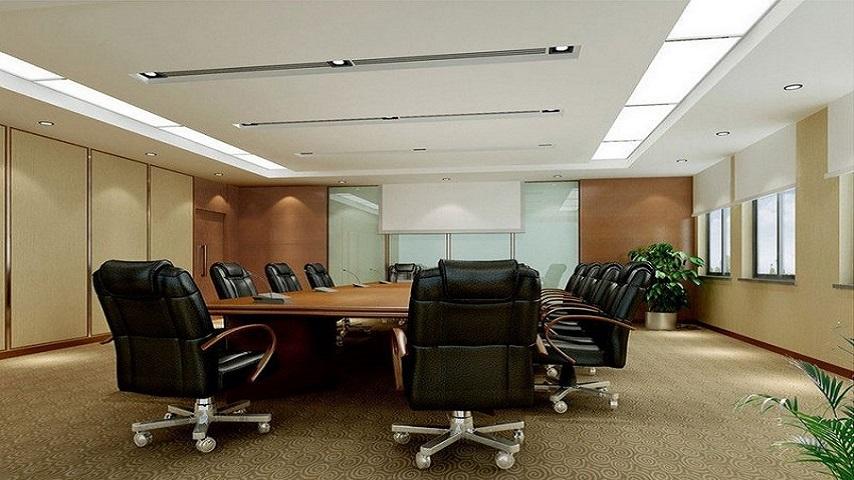Clean rooms are precision-driven spaces where contamination control is critical. From pharmaceuticals to microelectronics, these controlled environments rely on design accuracy—and one of the most overlooked yet crucial components is the partition system.
Partitions aren’t just physical dividers—they’re functional elements that support cleanroom classification, airflow control, hygiene, and flexibility. For manufacturers designing or assembling clean rooms, understanding the role and requirements of partitions is essential for performance and compliance.
1. More Than a Wall: Why Partitions Matter
Clean room partitions go far beyond separating space. They serve to:
- Maintain pressure differentials between rooms
- Prevent cross-contamination
- Provide thermal and acoustic insulation
- Offer surfaces that are easy to clean and disinfect
- Support modular clean room layouts
Without the right partition system, even the most advanced HVAC and filtration setups can fail to meet ISO or GMP standards.
2. Partition Materials: Hygiene Meets Durability
Choosing the right materials is critical. Manufacturers must focus on:
- Non-porous surfaces: To prevent microbial growth
- Chemical resistance: Against cleaning agents and disinfectants
- Scratch resistance: For long-term durability
- Antistatic properties: For sensitive electronic environments
Common materials include:
- Powder-coated GI or aluminum panels
- HPL (High Pressure Laminate)
- Stainless steel (304/316 grade)
- Polyvinyl chloride (PVC) or glass for visibility zones
Pro Tip: Opt for smooth, seamless surfaces that eliminate dust-trapping joints or crevices.
3. Flush Systems for High-Spec Applications
In ISO 5 and above clean rooms, flush partition systems are a must. These systems ensure all panels, doors, and windows sit flush with no protruding edges—minimizing contamination risk and making cleaning easier.
4. Modular Flexibility and Fast Installation
Today’s manufacturers demand speed and scalability. Modular partitions answer both. They offer:
- Easy customization of room layouts
- Quick installation with minimal downtime
- Cost-effective future expansions
- Integration with electrical panels, air return systems, and pass boxes
This modularity is especially valuable for facilities needing regular layout changes based on evolving research or production lines.
5. Compliance and Certification
Partitions play a vital role in regulatory compliance. Manufacturers must ensure:
- Partitions meet ISO 14644, GMP, or FDA standards
- The clean room as a whole passes third-party validation
- Documentation is available for material traceability and quality
Ignoring partition compliance can lead to failed audits and costly redesigns.
6. Design Integration with Doors, Ceilings & Floors
Partitions shouldn’t be treated in isolation. They must integrate seamlessly with:
- Clean room ceilings for HVAC and lighting fixtures
- Flooring systems for wall-floor junction coving
- Flush doors and windows for contamination-free traffic flow
A holistic design approach avoids mismatched installations and maintains structural integrity.
Final Thoughts
For manufacturers building clean rooms, partitions are not just walls—they’re performance enablers. From compliance to flexibility and cleanliness, the right partition system sets the foundation for a contamination-controlled environment.
When selecting a clean room manufacturer or system supplier, always consider their expertise in partition design and integration. Because in clean rooms, every panel plays a part in keeping the environment pure and productive.
How Office Design Experts Choose the Perfect Furniture for Productivity
Turnkey Office Interiors Uncovered: Why Smart Design Drives Productivity



